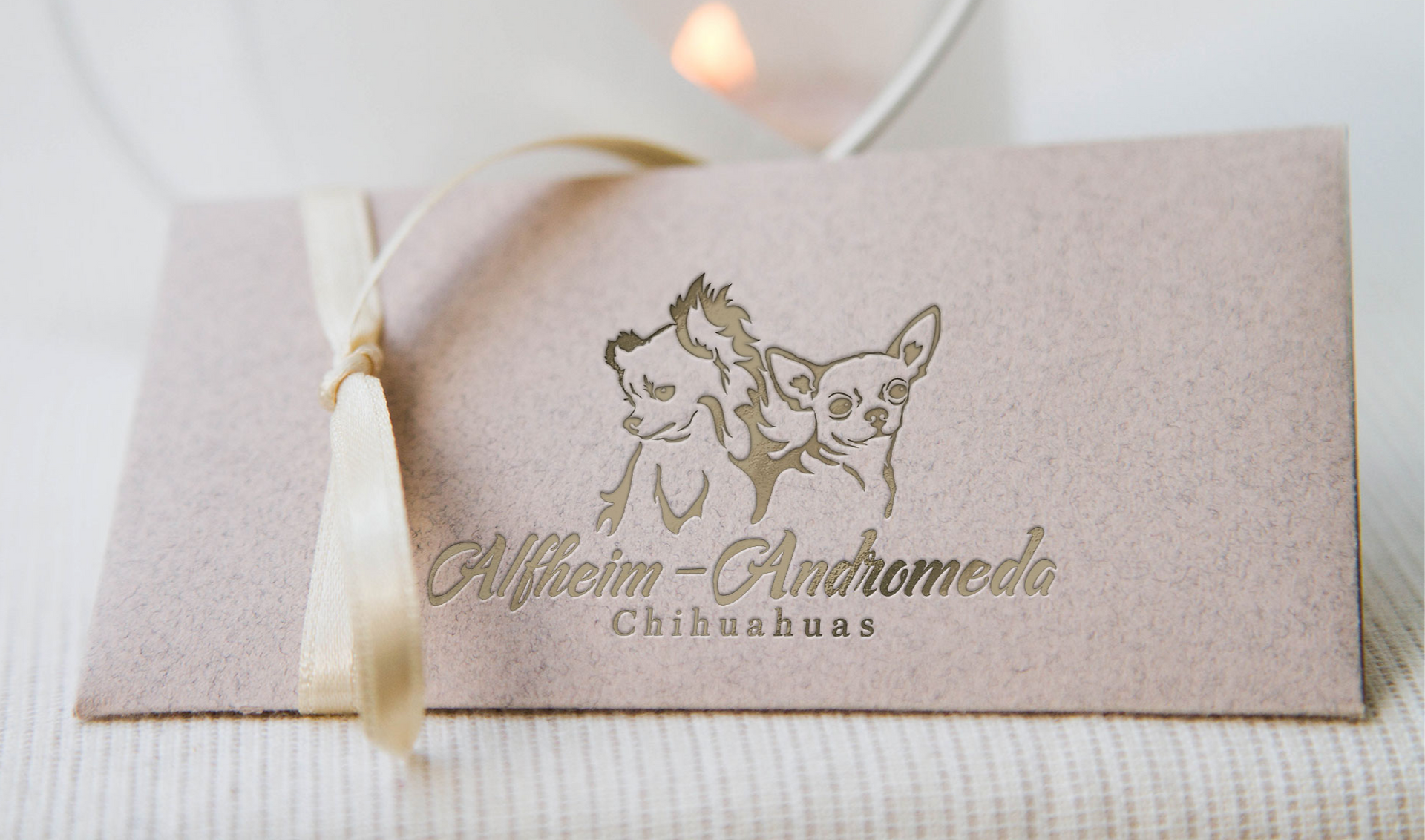History and Genetics of the Chihuahua
- Ansok
- Nov 6, 2022
- 5 min read
Updated: Nov 30, 2022
The history of the Chihuahua has some weird and outright crazy origins, stories, and myths. I hope to cover many of these in this blog. I am sure there are a few that I will miss. Then we will examine what DNA tells us about this breed’s history and origins.
Chihuahuas are cross bred with fennec foxes! – False
Not only is this impossible on a genetic level, but just because they both are small with big ears does not make this accurate. Foxes and Canines can not reproduce.
Chihuahuas are descended from Techtchi - False
A small dog that lived with the Toltecs To justify the differences among these representations and the appearance of today’s chihuahuas, it has been advanced the theory that the Techichi was crossbred to a hairless dog that Aztecs called Biche and that could have been brought into Mexico from the present day China, through the Bering Strait in Alaska: the Techichi's size decrease is supposed to be due to the crossbreeding with the Biche, as also stated by the breeder De Blinde. This is highly unlikely, as today’s chihuahuas show no relation (DNA) to the Xoloitzcuintli of Mexico or any other hairless dog from that part of the world. cross-bred
Chihuahuas are European and Asian of origins – True.
DNA has helped us with proving that the origins of the Chihuahua are not in the Americas. It is possible that a chihuahua-like dog did accompany the Spanish when invading, but before this time, there is no tangible evidence they existed. If they were descended from the Mexico area, we would expect to have seen them interbreed with the national dog of Mexico (Mexican hairless), the Xoloitzcuintli. Sadly, there is only a hand full of Chihuahuas that have ever shown via DNA a connection to any other breeds in Mexico.
Most Chihuahuas today are descended from a handful of haplogroups that show origins in Europe, and all descended from the Asiatic wolf. Many shares DNA with Chinese crested, Afghan Hounds and Samoyeds Rottweiler, and even boxers.

The Trials of Moses is a fresco by the Italian Renaissance painter Sandro Botticelli and his workshop, executed in 1481–1482 in the Sistine Chapel, Rome. If you look closely, do you see the chihuahua?
The most common Haplogroups are:
A1d - can be traced back about 15,000 years to some of the original Central Asian wolves that were domesticated into modern dogs. The early females that represent this lineage were taken into Eurasia, where they spread rapidly. This widespread lineage is not limited to a select few breeds, but most Rottweilers, Afghan Hounds, and Wirehaired Pointing Griffons belong to it. It is also the most common female lineage among Papillons, Samoyeds, and Jack Russell Terriers. Considering its occurrence in breeds as diverse as Afghan Hounds and Samoyeds, some of this is ancient variation. It hung around in European village dogs for many millennia. Then, about three hundred years ago, some prized females in the line were chosen as the founding dogs for several dog breeds. That set in motion a huge expansion of this lineage. It is now the maternal lineage of many Mastiffs, Labrador Retrievers, and Gordon Setters. About half of Boxers and less than half of Shar-Pei dogs descend from the A1d line. It is also common worldwide among village dogs, a legacy of European colonialism.
A1a - is the most common maternal lineage among Western dogs. This lineage traveled from the site of dog domestication in Central Asia to Europe, along with an early dog expansion 10,000 years ago.
B1 – It is the female line of the majority of Golden Retrievers, Basset Hounds, and Shih Tzu, and about half of Beagles, Pekingese, and Toy Poodles. This lineage is also common among village dogs with distinct ancestry from these breeds. We know this is a result of B1 dogs being common amongst the European dogs that their conquering owners brought around the world because nowhere on earth is it a very common lineage in village dogs. It even enables us to trace the path of (human) colonization: Because most Bichons are B1 and Bichons are popular in Spanish culture, B1 is now common among village dogs in Latin America.
C2 -most is a very old female lineage found more commonly among English Setters, English Bulldogs, and American Eskimo Dogs. We also see C2 in village dogs in South Asia. Rather than having a few characteristic breeds representing this lineage particularly well, it is present in a few uncommon individuals of many different breeds. Unlike some European breed lineages that have seen skyrocketing popularity along the path to the modern dogs we see today, C2 tends to reflect the deep history of man's best friend.
C17- Part of the C2 haplogroup, this haplotype occurs most commonly in village dogs from Nepal.
History in Americas
In 1888, Mr. James Watson bought for three dollars in El Paso (Texas) a Chihuahua female from a person in Mexican; he describes her as “being of terrier type, with a coat similar to that of a beaver both for color and texture, flesh-colored nose and a curled and rather short tail.” Later, he bought a few more dogs, among whom was Juarez Belle, one of the first Chihuahua champions. Mr. Watson wrote a couple of articles about Chihuahuas, the first in 1888 in the "American Kennel Register" and later in 1914 in "Country Life in America," he did not mention the breed in his two volumes monumental work "The Dog Book," written in 1916. That is because Chihuahuas were not considered a pure breed yet, as they were mixed in type.
Midget was the first Chihuahua to be registered with the AKC in 1904; he was bred and owned by Mr. H. Rayner. Since their “official” history began, Chihuahuas came in two varieties: smooth coat and long coat, even if the latter were rarer. Ida H. Garrett tells of a visit to Stewart's estate where the tiny male.
Chihuahua lived. She describes him as a fabulous specimen of the breed, about 1.4 kg in weight, with a long dark red coat, ruby red eyes, a tail like that of a squirrel, and fringed ears.
In 1917, Hamilton Rayner was Published in the El Paso Morning times (2) about his small dog named “Chico” We do know Mr. Rayner was a breeder of Chihuahuas and maybe the first in the Americas.

Club of America was founded in 1923 by a few pioneers of the breed; the drafting of the standard was difficult due to different opinions on what the ideal tail should be like!
During 1890 less than ten Chihuahuas had been shown in a special class for breeds not officially recognized. Midget was the first Chihuahua to be registered with the AKC in 1904; he was bred and owned by Mr. H. Rayner. Since the beginning of their "official" history, Chihuahuas came in two varieties: smooth coat and long coat, even if the latter were rarer.

1929
Mrs. Ida H. Garrett, a journalist and dog lover, pioneer breeder of Chihuahuas since the end of the Nineteenth century, developed, together with Mrs. Clara Dobbs, the Meron bloodline, which dominated the show rings for more than 50 years. Mrs. Ida H. Garrett was also secretary and foundress of the Chihuahua Club of America (CCA).
The chihuahua has changed shapes a bit since the first photos and drawing, but it is still the same dog we saw many years ago.

I have been working closely to expand upon my theory that the chihuahua is intricately connected with a now almost unheard-of “Pocket Dog” Kelb tal-But from Malta. There is a striking similarity between the Chihuahua and the Kelb tal-But in appearance. Curiously, it is depicted on postage stamps as a bobtail & with a standard extended tail. I have been actively working with the Kennel Clubs in Malta to learn more about this breed and if it is still being bred, and its history. As I know more, I will be posting about it.

Tanya


![04[5287]_edited.png](https://static.wixstatic.com/media/19bc06_e20664f6f34a40a38ce600e39e177c3c~mv2.png/v1/fill/w_980,h_578,al_c,q_90,usm_0.66_1.00_0.01,enc_avif,quality_auto/19bc06_e20664f6f34a40a38ce600e39e177c3c~mv2.png)
























































